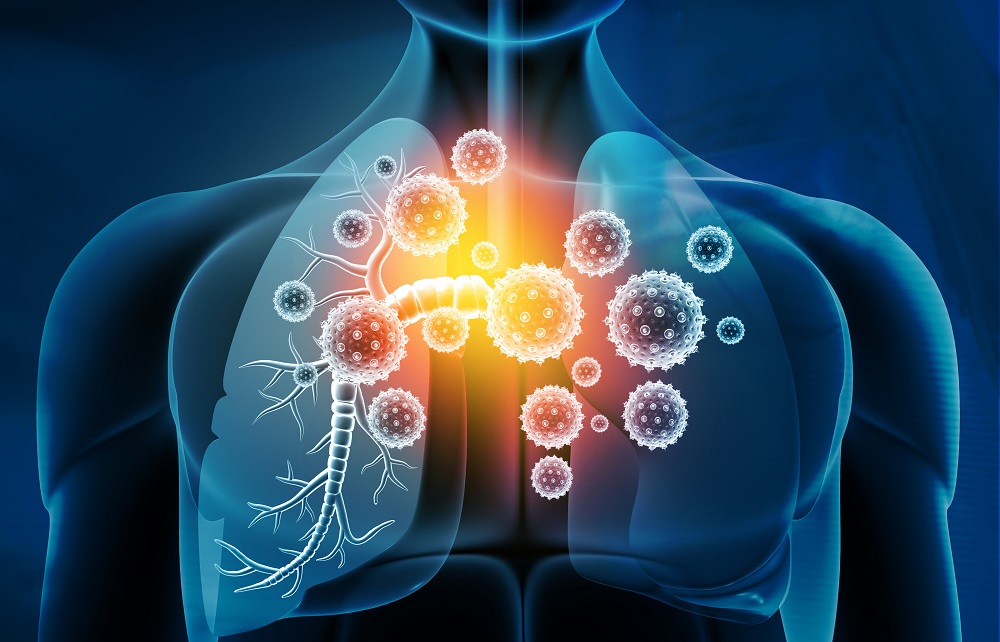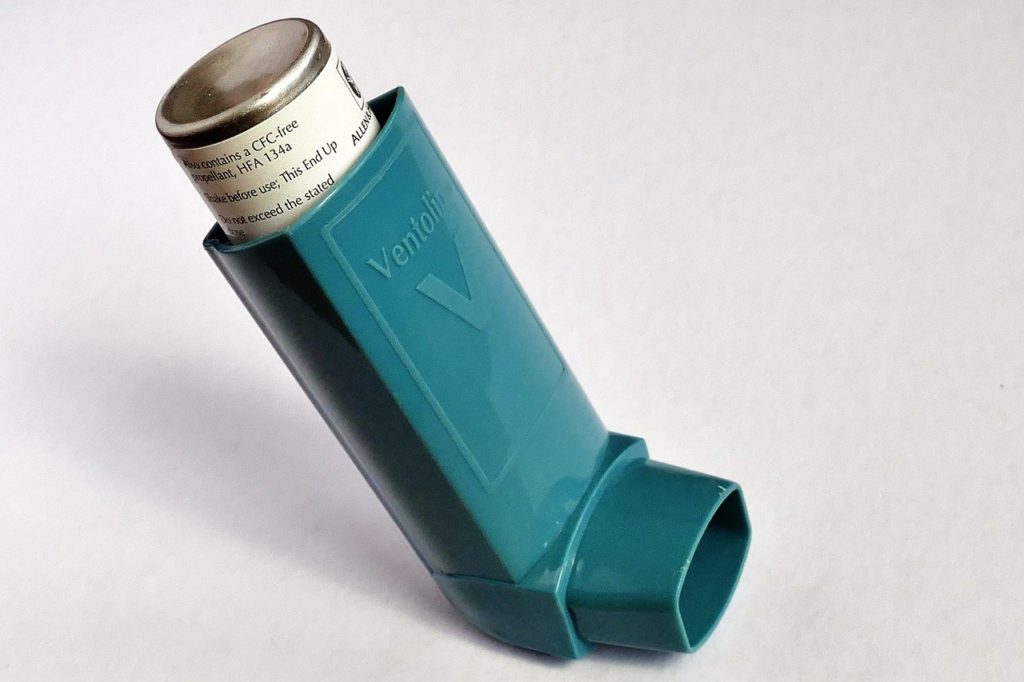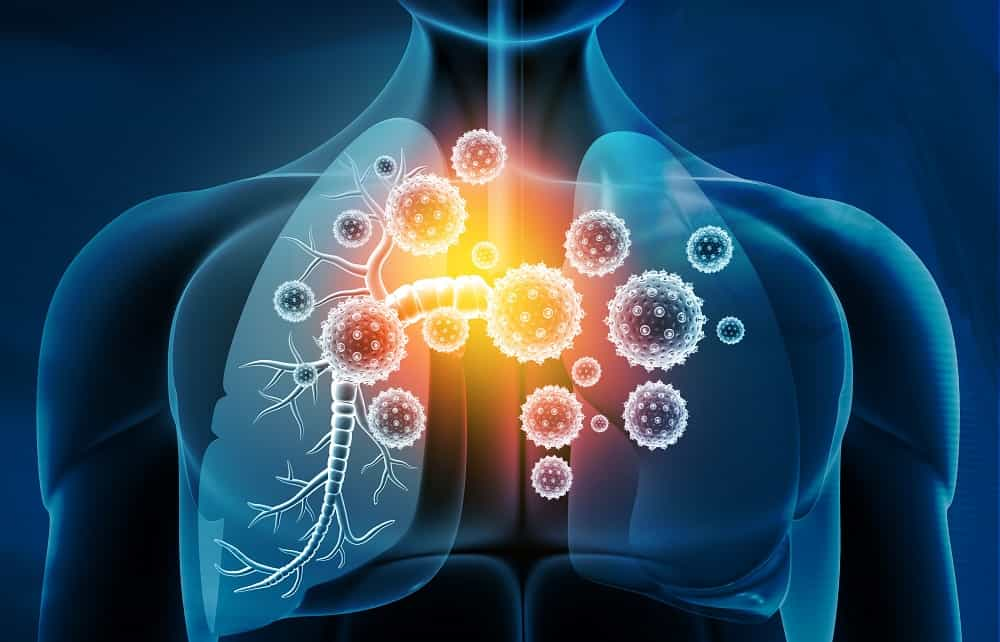Despite the fact that there is still no complete cure for asthma, some medications can relieve symptoms and keep prodromes under control. Prevention and long-term control are the key to preventing asthma attacks: before prescribing a drug, the patient undergoes all the medical tests needed to diagnose the type of asthma and the severity of the condition. It should be noted that asthmatic patients do not manifest typical symptoms every day: the disease is defined as “chronic” because it is characterized by asymptomatic phases alternating with periods of exacerbations, even quite serious ones. Asthma can appear suddenly and the patient must be ready to intervene before the condition worsens. During the asymptomatic phases, it is important not to interrupt the therapy, even in full health: in this way, sudden asthma attacks are prevented.
Basic Medications and Medications on Need

Asthma, by definition, is a chronic disease and as such must be followed over time both from the diagnostic and therapeutic point of view. It is in fact a disease subject to asymptomatic phases alternating with flare-ups, sometimes serious. For this reason, asthma therapy is based on the use of two types of drugs: the “basic” anti-asthmatic drugs are to be taken continuously, to keep the disease under control, and therefore in the absence of symptoms; the “as needed” drugs are those to be taken only in the face of a real need. As for the correct intake of drugs, unfortunately it is evident that the fluctuating course of asthma in some way makes the patient suspend or follow in his own way the basic therapy. This misbehavior can be costly, increasing the risk of flare-ups and aggravation of the disease. The asthmatic crisis, in fact, is determined by the reduction of the caliber of the bronchi, which decreases the supply of oxygen to the various tissues. For this reason, the fundamental rule not to forget is that in the presence of asthma, therapy should never be abandoned or suspended prematurely, even if the symptoms regress.
Inhaled Medications

In the 1970s, the advent of bronchodilators and inhaled cortisone certainly revolutionized the treatment of asthma: access to hospitals was greatly reduced and the treatment of asthma became to all intents and purposes home-based.
Inhalation therapy is mainly used, as it allows the drug to reach the airways more quickly, providing immediate benefit. Each can contains a different active ingredient, chosen and prescribed by the doctor or specialist who is treating the patient. Inside the canister we can find:
– Short- and long-acting bronchodilators: they mainly act by dilating the airways and releasing bronchial smooth muscle; they reverse and/or inhibit bronchoconstriction and symptoms related to acute asthma, but do not reverse airway inflammation and do not reduce bronchial hyperreactivity;
– Corticosteroids: used by inhalation, they reach the bronchi directly, reducing the side effects typical of oral corticosteroids;
– Non-steroidal anti-inflammatory drugs: they are more effective than treatment with bronchodilators in the long-term control of symptoms, for the improvement of respiratory function of the airways.
Prevention
When you suffer from asthma, never forget a few simple rules of hygiene and behavior. In case of dust allergy it is good, for example, to eliminate curtains and carpets from your home. More generally, every asthmatic should stay as far away as possible from those irritants or allergens that trigger the crisis (smoke, fresh paint, animal hair, pollen, substances with a pungent odor, etc.).
You may also like
Hearing loss: things to know before buying a hearing aid
Choosing a hearing aid isn’t easy, especially if you’ve never used one. They come in different shapes, colors and levels of technology.The first factor in determining which hearing aid to choose is your hearing loss, which could range from very mild to severe. Next, you need to know what you would like it to be… Continue reading Hearing loss: things to know before buying a hearing aid
Small Lymphocytic Lymphoma (SLL): Symptoms and Treatments, Causes and Diagnosis
Small lymphocytic lymphoma (SLL) is a cancer of the immune system. It affects infection-fighting white blood cells called B cells. SLL is a type of non-Hodgkin’s lymphoma, which along with chronic lymphocytic leukemia (CLL) indicates the same type of disease, treated the same way. Whereas in SLL, the cancer cells reside primarily in the lymph… Continue reading Small Lymphocytic Lymphoma (SLL): Symptoms and Treatments, Causes and Diagnosis
Diabetes Type 2: Epidemiology and Prevention
Diabetes Epidemiology Diabetes is a very common disease. New updated data from the new International Diabetes Federation (IDF) Diabetes Atlas show that more than 34 million Americans have diabetes (1 in 10 individuals), of whom approximately 90-95% have type 2 diabetes. In UK the situation is slightly better: with nearly 4 million sufferers, about one… Continue reading Diabetes Type 2: Epidemiology and Prevention
Small Lymphocytic Lymphoma (SLL): Stats, Causes and Diagnosis
Small lymphocytic lymphoma (SLL) is a cancer of the immune system that affects the white blood cells that fight infection, called B cells. SLL is a type of non-Hodgkin’s lymphoma, as is chronic lymphocytic leukemia (CLL). Both cancers are basically the same disease, and are treated in almost the same way. The difference between the… Continue reading Small Lymphocytic Lymphoma (SLL): Stats, Causes and Diagnosis
